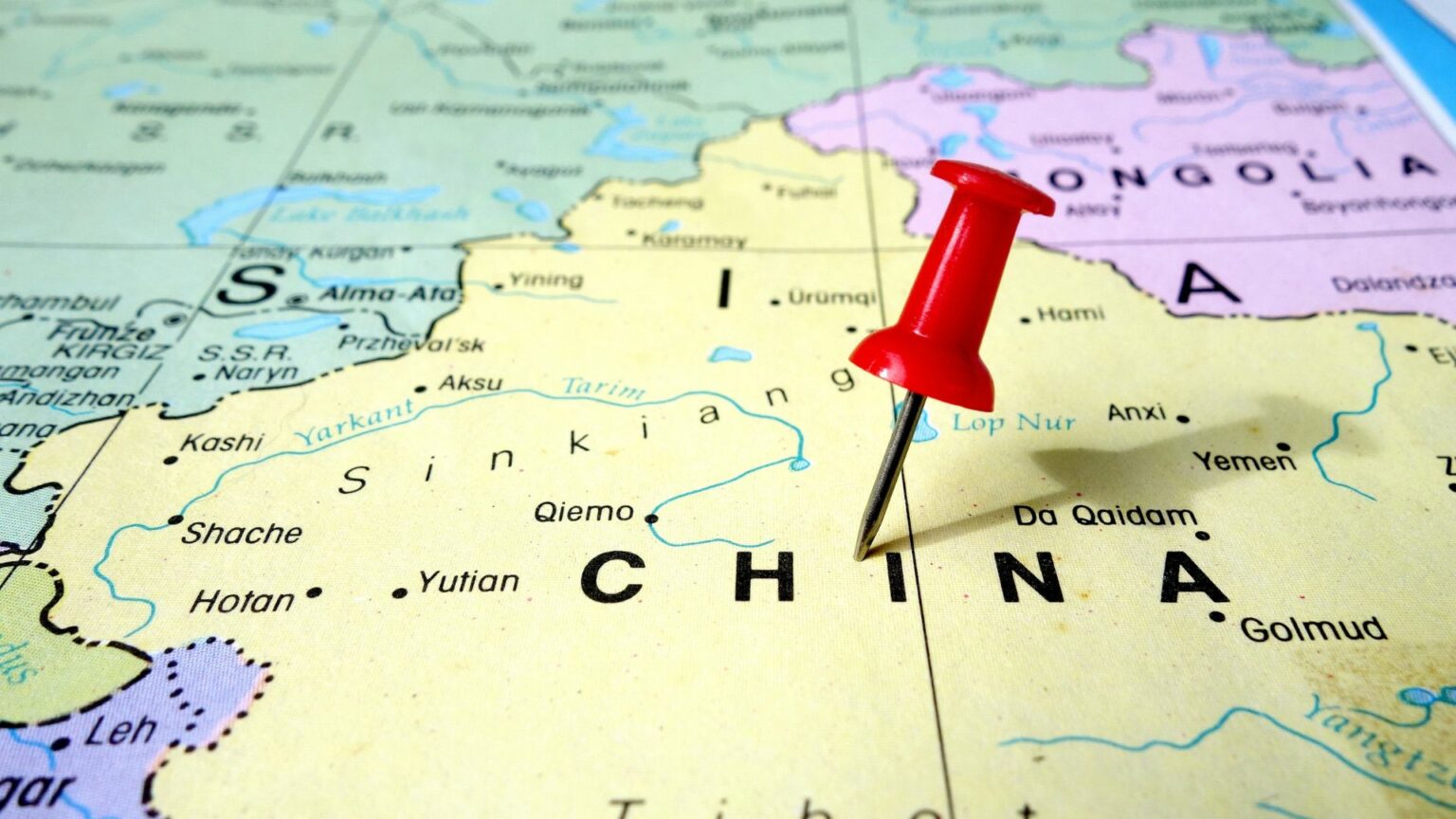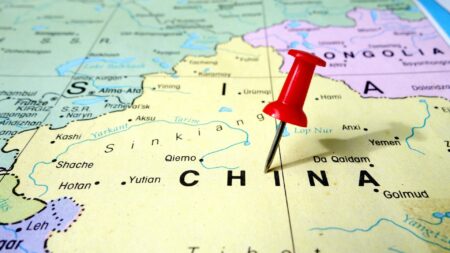The past two years have seen a significant increase in investment announcements for hydrogen electrolyzers, particularly led by China. According to a report by the Washington-based Energy Research Unit, global investment in electrolyzers used to produce green hydrogen is projected to rise by 140% to $5 billion in 2024.
This surge is a response to growing international pressure to shift from fossil fuel-based hydrogen production to greener methods using renewable energy.
Despite the heightened focus on green hydrogen, its share in global hydrogen production remains minuscule—less than 0.1% or roughly 100,000 tons out of 95 million tons produced in 2022, as reported by the International Energy Agency (IEA). The primary barriers to wider adoption include the high costs of electrolyzers and the substantial renewable electricity needed for hydrogen production through electrolysis.
The prohibitive cost of electrolyzers remains the largest part of the cost equation for green hydrogen. Unlike conventional hydrogen production, which relies on fossil fuels and is criticized for its environmental impact, electrolysis demands significant financial investment and energy input, making it less economically viable without substantial subsidies or technological breakthroughs.
China is at the forefront of increasing hydrogen electrolysis capacity. In 2023, the global capacity for hydrogen electrolysis stood at 2 GW, but China plans to add 2.5 GW of new installations in 2024 alone. This ambitious plan dwarfs the electrolysis capacity of the United States, which currently stands at approximately 116 MW but could rise to 4.52 GW if announced projects come to fruition.
According to the IEA’s June 2024 report, China’s investments in hydrogen electrolyzers are expected to exceed $2 billion in 2024, accounting for 40% of global investments in this sector. Significant projects include a $900 million low-carbon hydrogen and ammonia production plant with a 32,000-ton annual capacity, and an additional 20 electrolysis projects set to be operational by 2026 with a combined capacity of 6.9 GW.
While Europe and the United States are also increasing their investments, their efforts lag behind China. European investments in hydrogen electrolyzers are expected to rise by 120% to $1.5 billion in 2024, representing less than a third of global investment. Major European projects include the GALP project in Portugal with a 15,000-ton annual capacity and a $270 million investment, and Sweden’s $7 billion low-emission hydrogen-powered steel factory.
In the United States, investments are projected to rise by 120% to $1 billion in 2024, representing 15% of global investment. Projects benefit from tax exemptions on low-emission hydrogen production, such as the $550 million liquid hydrogen plant in Arizona with an 11,000-ton annual capacity, and Fortescue’s $150 million electrolyzer project in Australia.
Significant hydrogen projects are also emerging outside of Europe and America. Saudi Arabia is developing the world’s largest low-emission hydrogen production plant in NEOM, with an $8.4 billion investment, set to be operational by 2026. In Oman, the ACME Group is investing $480 million in a low-emission hydrogen project expected to start operations in 2025.

